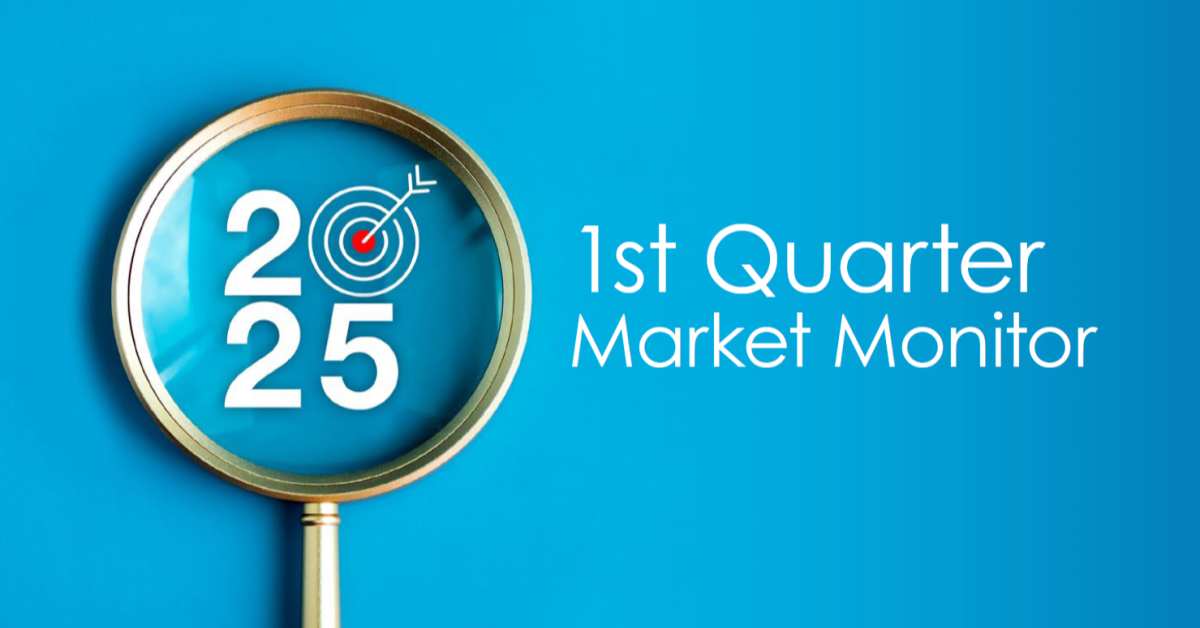
The last year (2017) in the stock market will go down as one of the least volatile years on record. The largest pullback in stocks during the year was a scant -3%. Experienced investors know that historically the stock market has experienced yearly pullbacks in the neighborhood of double-digits. That made last year’s action in the market feel eerily calm to many portfolio managers, and begs the question, will 2018 be the year that investors see a pickup in volatility?
The answer is almost certainly yes, given that 2017 was such an anomaly in terms of low volatility. But it remains to be seen whether we will see just a mild pickup in volatility or something larger. The other element that is more difficult to predict is what will be the catalyst for any pullback. A sharp rise in bond yields? A geopolitical event? A policy shift in China? One never knows until it is upon us, but investors should not expect a repeat of last year’s ultra-low levels of market volatility.

That said, there are a myriad of factors in the market’s favor about which investors do have reason to be optimistic. A big one is the strengthening of the U.S. economy. Recent economic data has continued to show improvement on almost all metrics, with several indicators reaching levels not seen in over a decade. To wit, late last year consumer confidence reached a 17-year high, the ISM Manufacturing index hit a 13-year high, ISM Services made a 12-year high, and new home sales reached a 10-year high. Those reports did not receive a lot of fanfare by the media, but they are certainly very positive datapoints in support of a strengthening economy.
And it isn’t just here in the United States. One of the phrases that is often cited is that currently we are seeing a ‘synchronized global recovery’, and markets across the globe are responding in kind. Global central banks have been extremely accommodative in recent years, with the goal of fostering stronger economic growth. So, this is certainly a welcome sign for those economies.
Speaking of central banks, the Federal Reserve for its part continues to forecast more interest rate hikes in 2018 as it continues its path towards normalization after many years of ultra-accommodative monetary policy and zero percent interest rates. In recent years, the Fed has looked to take advantage of bouts of economic strength as an opportunity to raise interest rates. But economic growth has been spotty, thus affording the Fed only one opportunity to raise rates in 2015, and one in 2016.
Last year obviously saw more improvement in the economy, and the Fed was able to raise rates 3 times in 2017. Their outlook coming into 2018 is for another 3 rate hikes, as long as economic growth remains supportive. They also hope to be able to do additional rate hikes in 2019, if financial conditions still warrant. With interest rates low all around the globe, it is likely that the Fed will stop raising rates with interest rates at a level that is below historic averages.

Remember that the Fed can only raise short-term interest rates, while longer-term rates are set by the market (i.e.- the 10-year Treasury bond yield). Long-term rates are driven not only by the prospect for economic growth, but also the inflation expectations of bond investors. As can be seen in the chart above, bond yields spiked to 2.60% after the election in 2016, but were unable to rise further due to the fact that inflationary pressures in the economy remained subdued. Recently, bond yields have risen back to those levels and are testing the 2016/17 highs. If inflation readings pick up in 2018, investors could see higher bond yields in store.
As for the stock market, in recent years gains for investors have been solid but not spectacular. Last year was a better year for stocks than many expected or forecasted. Moreover, towards the end of the year, and into early 2018, the rapid gains had some commentators wondering if we were seeing a return of the animal spirits to the market that have been absent for the better part of a decade.
But the discussion of animal spirits driving stocks higher doesn’t give credit to the solid underlying fundamentals of the market which were the real driver of stocks in 2017. If animal spirits were the only driver of stocks last year, one would have expected to see a meaningful expansion in the price/earnings (P/E) multiple of the S&P 500 Index (SPX). In truth, the forward P/E multiple coming into 2017 was about 17x and the P/E multiple at the end of the year was roughly 18x – not a big jump.
The main factor behind last year’s gains in the market was the solid earnings growth that is the true driver of stock prices. Earnings growth for the S&P 500 companies was +18% in 2017. And the stocks in the SPX rose +19% for the year. So the underlying earnings growth was a much better indicator of what drove stock prices last year. (the chart below shows that the breakout in the S&P 500 last year was accompanied by a breakout in underlying earnings)

Currently, earnings estimates for 2018 are for corporate profits to grow another +17% vs. last year, and that number could get revised higher as the recent corporate tax cut gets factored into analysts’ earnings estimates. With the stock market trading at 18x forward estimates, some worry that the market is becoming overvalued. We would argue that valuations should expand during a bull market.
Another important factor that we monitor is fund flows, or the amount of net new money being invested in mutual funds and ETFs. In 2016, equity funds saw net outflows to the tune of -$72 billion. Last year saw money flow back into equity funds in the amount of $195 billion. While that may sound high, it is worth noting that bond funds took in $190 billion in 2016 and $379 billion in 2017. So over the last 2 years bond funds have received $570 billion in new money from investors, while equity funds have only received $123 billion. So enthusiasm for equity funds has been severely lagging.
Historically, as bull markets age they tend to attract more money from the sidelines, as potential investors who have been watching all the market’s gains but not participating can no longer endure the fear of missing out and rush to put money to work in the market. If that is true this time around, we would expect to see continued flows into equity funds, likely at a greater pace than into bond funds. This phenomenon could continue to support stocks in the near- to intermediate-term. Of course, we would be remiss not to point out again that markets don’t go up in a straight line and a market correction would be viewed as a healthy sign to keep things from getting overheated.
Jordan L. Kahn, CFA
Chief Investment Officer
Sources: Stockcharts.com; BTIG research; Raymond James; Briefing.com; IBD; Standard & Poors; Barron’s; Charles Schwab



